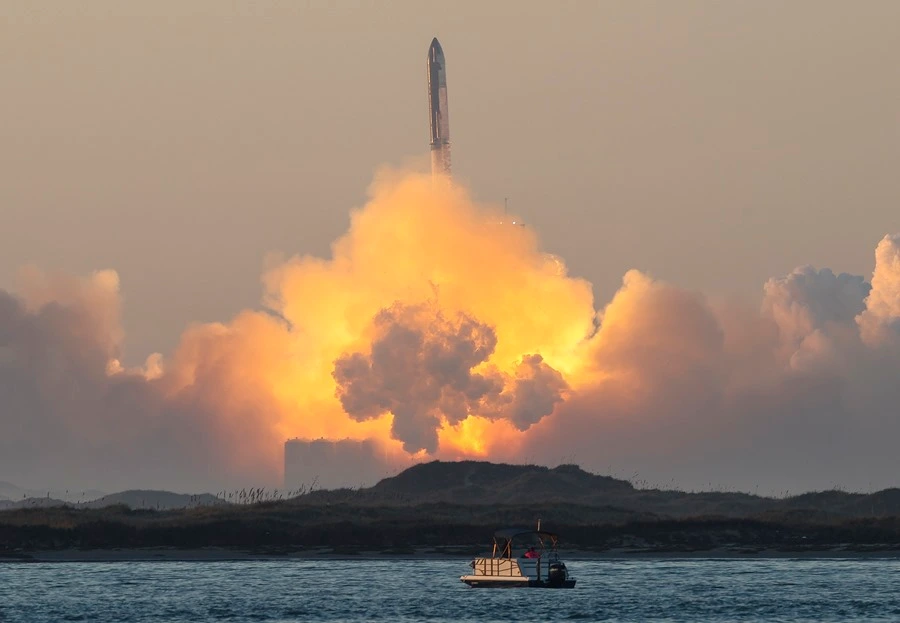On November 18, 2023, SpaceX’s Starship mission encountered a setback despite advancements in the launch process.
Launched in Boca Chica, Texas, the spacecraft failed to complete its planned orbit around Earth.
About nine minutes into the flight, contact was lost, followed by visible smoke, indicating failure.
Despite this, SpaceX achieved a milestone in successfully separating the Starship from its Super Heavy booster.
This was a significant improvement from a previous failure in April 2023.
However, the Super Heavy booster malfunctioned post-separation, crashing into the Gulf of Mexico.
Soon after, the Starship exploded, marking the mission’s end. SpaceX stated the test provided invaluable data for ongoing Starship development.

The company emphasized the importance of learning from such tests to advance space exploration.
The goal of Starship is to carry crew and cargo to Earth’s orbit, the Moon, Mars, and beyond.
The Federal Aviation Administration (FAA), which authorized this test, announced an investigation into the incident.
Initially planned for the previous Friday, the launch was delayed for Super Heavy booster repairs.
NASA, one of Starship’s key clients, plans to use it for the Artemis 3 mission to the Moon, targeted for late 2025.
This follows the success of the uncrewed Artemis I mission, which orbited the Moon in November 2022.
Artemis I’s achievements set new performance records and prepared for human exploration in deep space.
With Artemis II, astronauts will orbit the Moon, and NASA aims to use Starship for future lunar and Martian missions.
Despite the recent setback, NASA Administrator Bill Nelson recognized SpaceX’s progress in this challenging endeavor.

